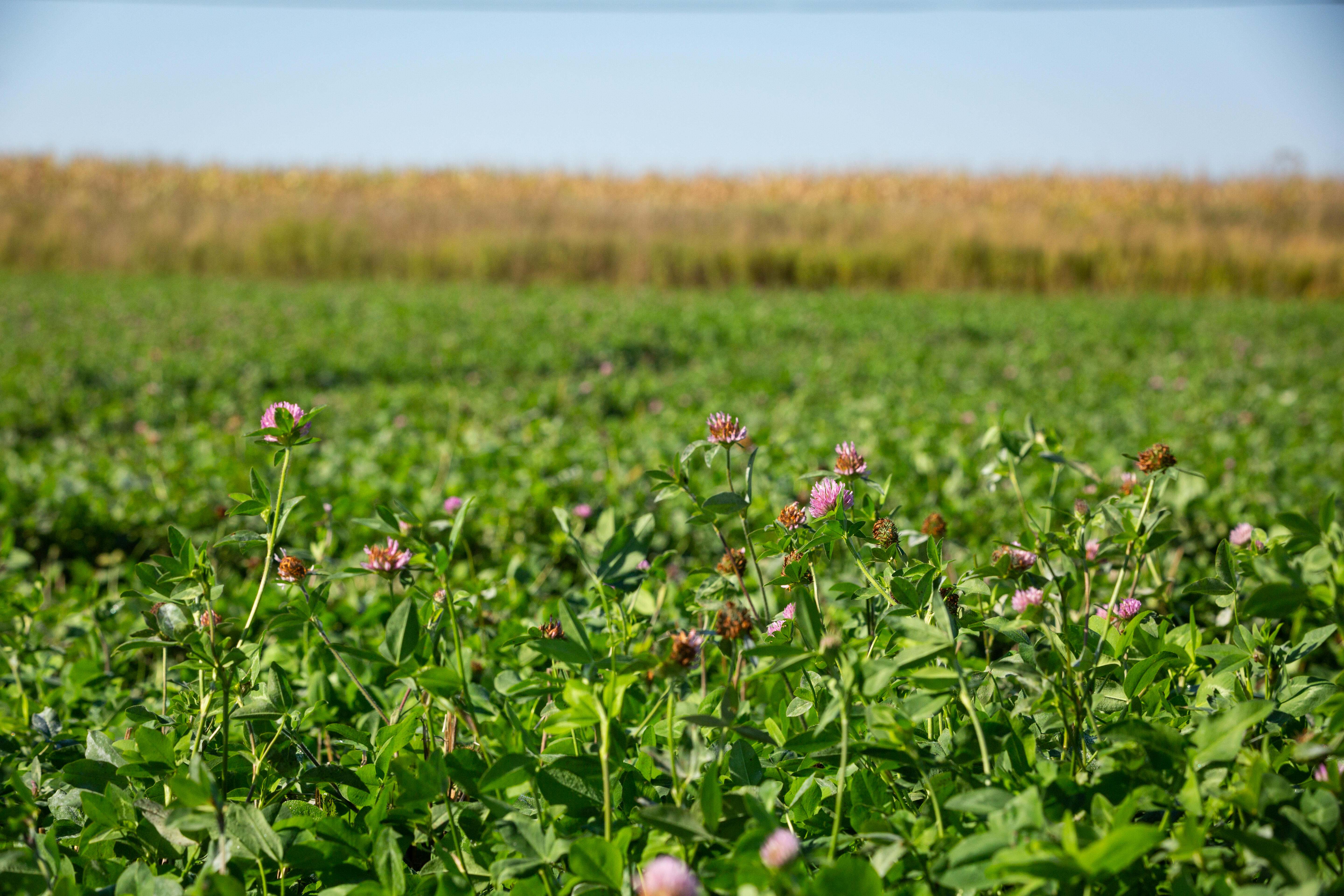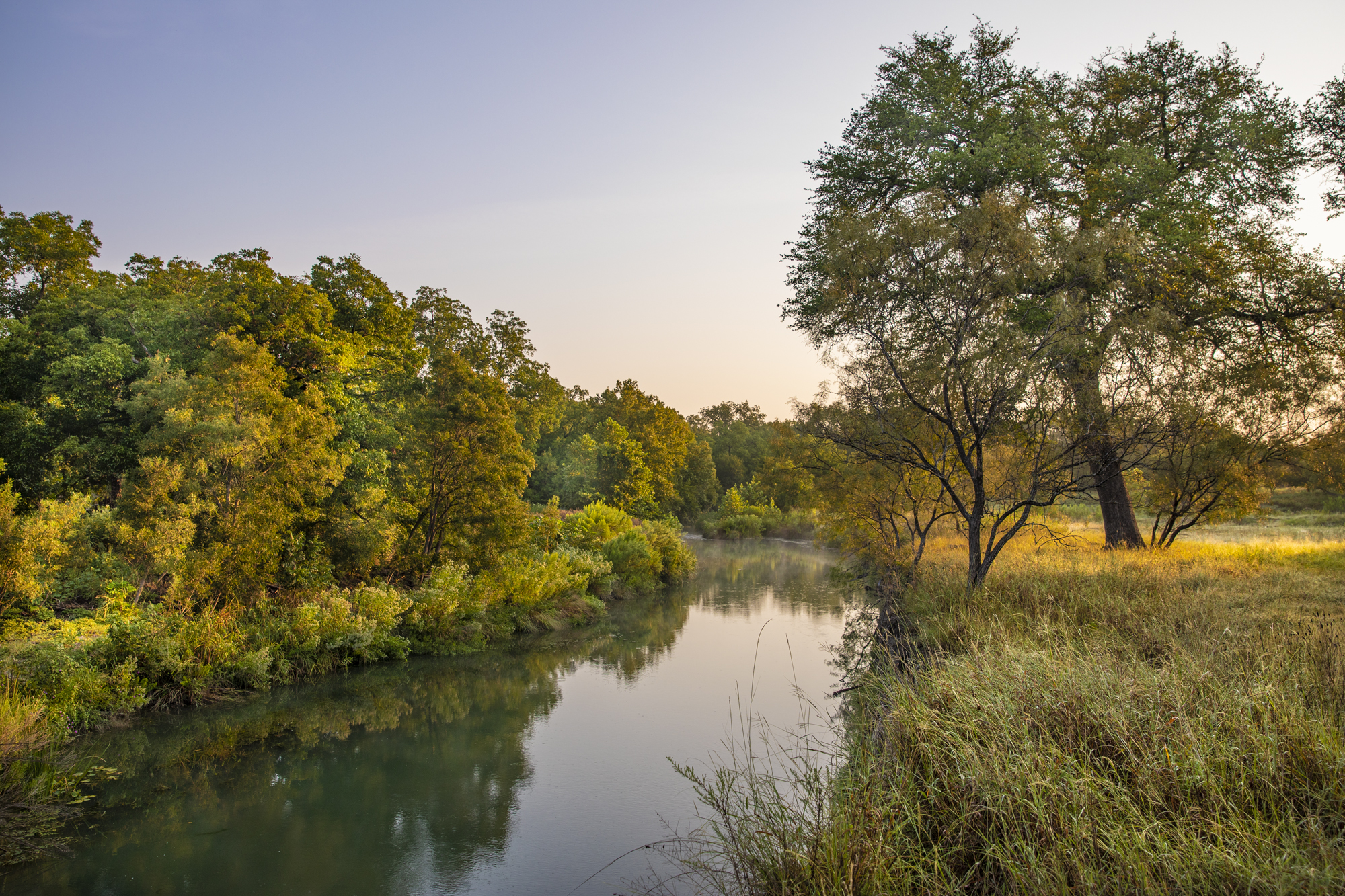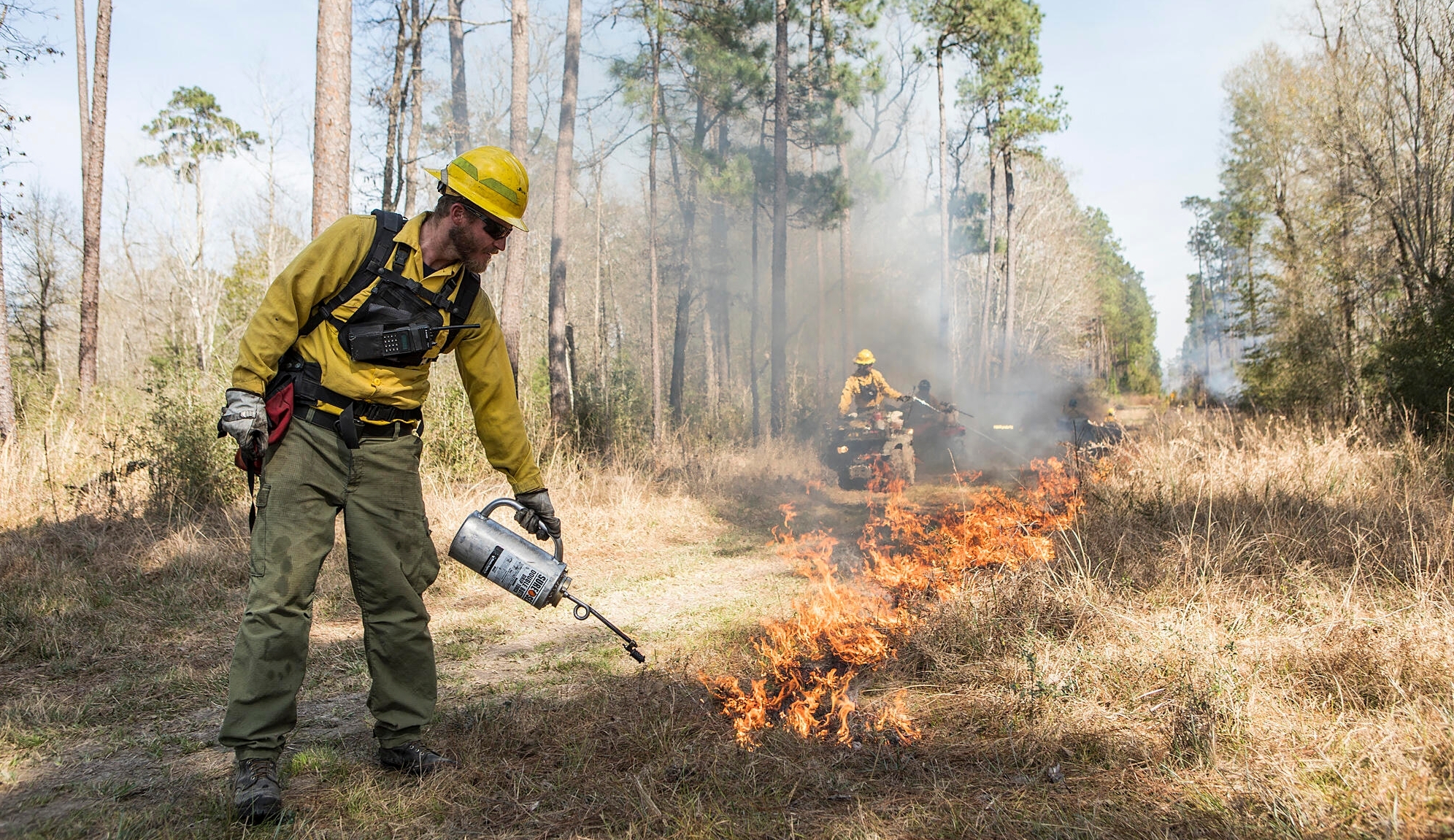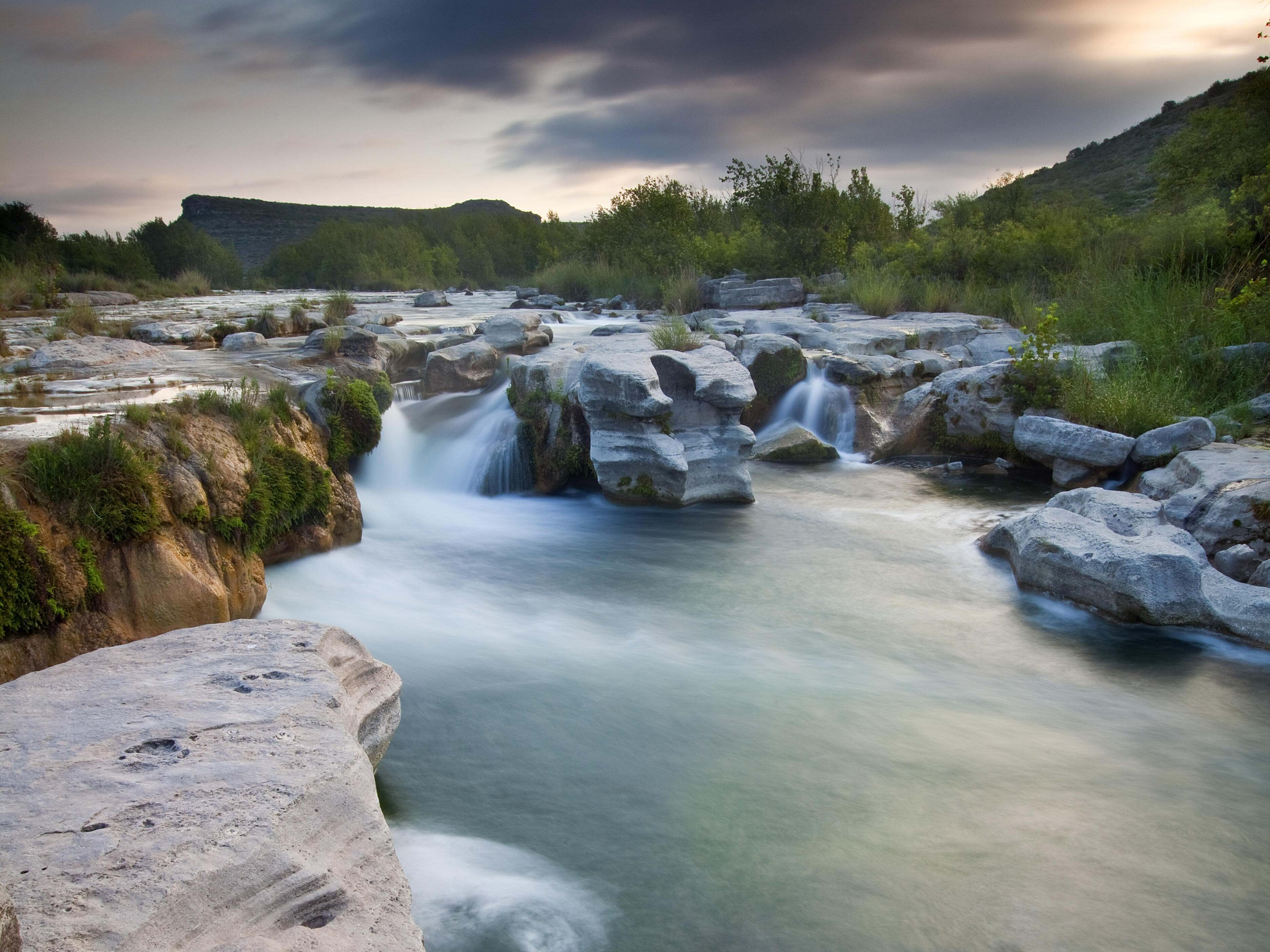With more than 125 million acres of agricultural land, Texas is home to the greatest number of farms and ranches in the nation. In the Lone Star State, agriculture production accounts for more than 60% of all freshwater consumed. However, as Texas loses farmland faster than any other state, we’re also facing growing issues related to water scarcity. Effects of climate change are mounting—from more severe periods of drought to more frequent flooding—and Texans are feeling its impacts. In many cases, working lands are becoming less productive and more expensive to maintain, while the quantity and quality of our water supplies are diminishing. Alongside agricultural producers and landowners, we’re identifying and implementing solutions to combat some of today’s biggest—and most urgent—environmental challenges.
Lone Star Working Lands
-
125M
More than 95% of land in Texas is privately held, and over 80% of these lands—or about 125M acres—are working lands, including farms, ranches and forests.
-

$79B
Working lands provide roughly $629/acre/year in ecosystem services. Texas’ 125M acres of working lands offer about $79B annually in benefits for people and nature.
-
$51B
The majority of the ecosystem services provided by working lands are for water. These lands capture rain, reduce runoff and increase recharge at a value of $51B annually.
Farmers and ranchers are vital to our way of life and heritage in Texas. The state relies on the multibillion-dollar agriculture industry not only for economic success, but also for the conservation of our iconic landscapes and watersheds by preventing development—but the two are not mutually exclusive. Agriculture and conservation don’t have to be pitted against one another. In Texas, we can protect working lands and water by collaborating with landowners, decision-makers and partners on management strategies that benefit people and nature alike.
Many heritage ranchers already drive scalable solutions to environmental challenges through improved management and production practices, protecting the lands and waters they depend upon and love. To further address increasing demands for food and water, TNC works with partners across the state that build on the knowledge of local experts and model how sustainable agricultural practices can successfully meet Texas’ most pressing needs.
Together, we can conserve water and other key natural resources in Texas by making agriculture more efficient, productive and economically sustainable in key parts of the state.
Making A Difference
Redistributing water, improving irrigation efficiency and soil management, reducing water loss in delivery systems and shifting to less water-intensive crops are just a few of the practical and cost-effective solutions that can stretch a unit of water further while maintaining—or increasing—production and profits.
Sustainable Solutions & Practices
We Can’t Save Nature Without You
Sign up to receive monthly conservation news and updates from Texas. Get a preview of Texas's Nature News email.














